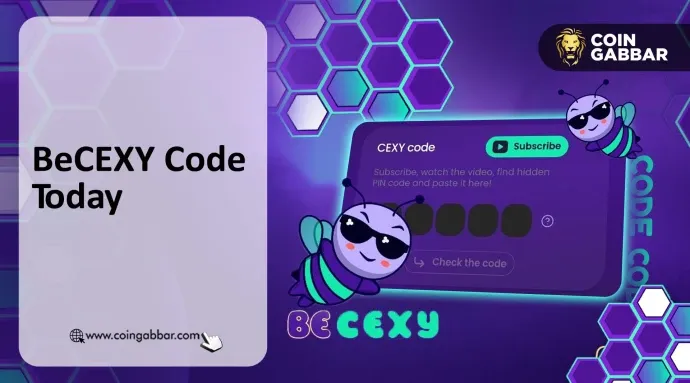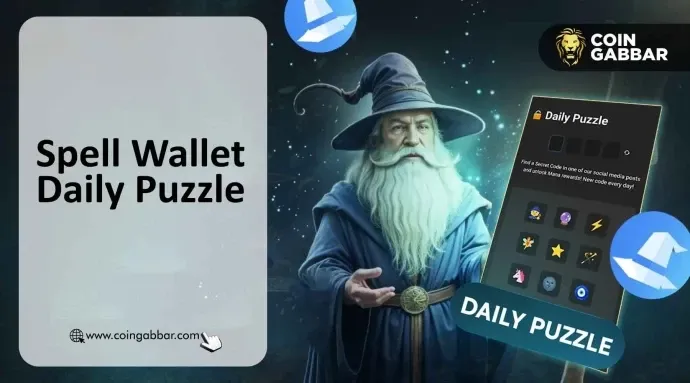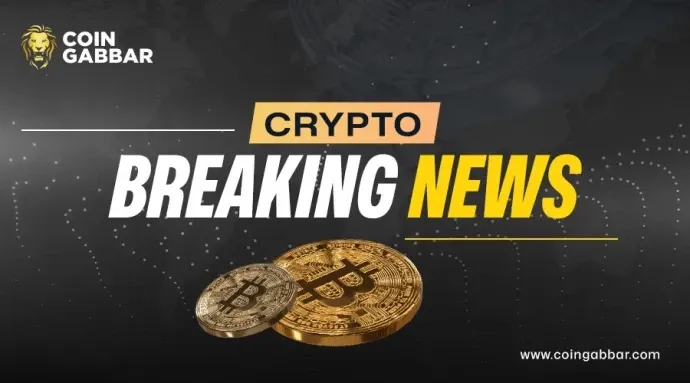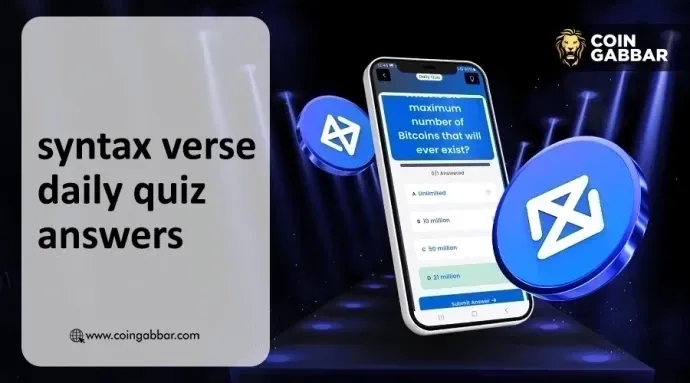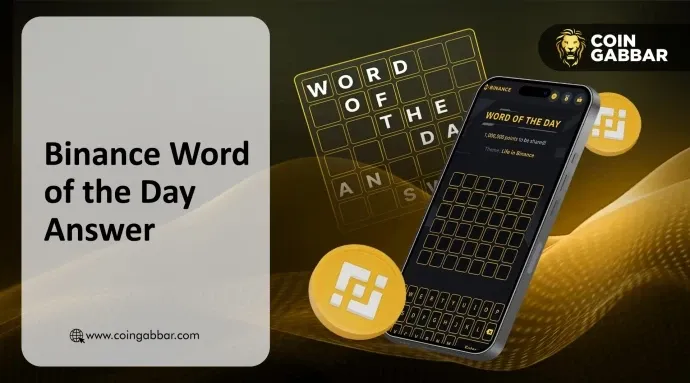Grayscale: US Solana ETFs May Capture 5% of SOL Supply Within 2 Years
The US crypto market is once more on the move as Solana exchange-traded funds have been introduced. These new investment products are providing traditional investors with an opportunity to have exposure to new assets without necessarily purchasing or holding the token.
Zach Pandl, Head of Research at Grayscale, believes that Solana ETFs will soon follow in the footsteps of Bitcoin and Ethereum ETFs and receive more than $5 billion in inflows in the next one to two years.
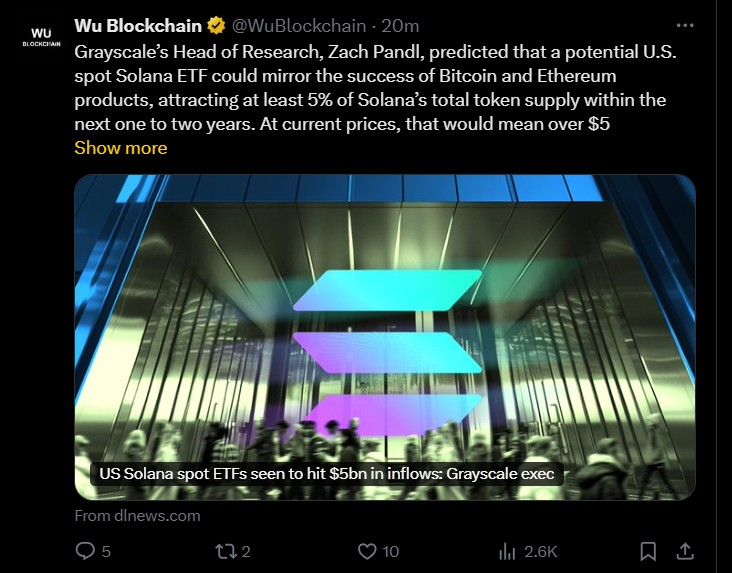
Source: Wu Blockchain X
This week, two SOL ETF were introduced in the U.S.:
-
Bitwise BSOL , which was launched on Tuesday.
-
Grayscale GSOL began trading on Wednesday.
These launches will be a significant milestone in the development of Solana in traditional finance.
Early Performance of Solana Exchange Traded Funds
-
BSOL ETF by Bitwise successfully generated an amazing $129 million in inflows within its initial two days, as reported by Bloomberg analyst Eric Balchunas.
-
Grayscale GSOL ETF, in its turn, brought in $4 million on its first day, which is a good opening given that it was only a day younger than BSOL.
-
Although BSOL is at the top at the moment, both products show an increasing interest of U.S. investors in SOL-based funds.
Why Grayscale Head Predicted $5 Billion SOL ETF Inflows
Zach Pandl of Grayscale believes that the SOL ETF will have at least 5% of the total supply of Solana within two years. That would be more than $5B that may be transferred into these ETF based on current prices.
Pandl likened the potential of SOL to the performance of Bitcoin and Ethereum Exchange Traded Funds, which currently have assets of $149 billion and $26 billion, respectively.
He is optimistic that the presence of Solana in markets is an indication that investors are increasingly getting comfortable with crypto exposure.
Solana Could Mirror Bitcoin and Ethereum in Upcoming Years
Solana ETFs are not new in the market, but rather they are entering a saturated market, unlike Bitcoin, which did not have competitors at the time of their launch. There are now several crypto ETFs available to investors, such as Bitcoin, Ethereum, Hedera, and Litecoin .
This expanding list implies that SOL will have more difficult competition. Nonetheless, a diversified crypto fund, a collection of various tokens, is likely to be more popular among many investors and will not require a complex technical analysis.
The Staking Advantage
Staking is one of the key advantages that Solana has over Bitcoin. It is a proof-of-stake network, which enables investors to gain rewards in supporting the blockchain.
GSOL ETF by Grayscale will distribute 77% of staking rewards to its shareholders. This is an additional income source that Bitcoin ETF cannot offer since the annualized staking rate of SOL is currently 5.7.
Risks and Regulation
Although it is exciting, analysts such as Charles Schwab caution that crypto is not highly regulated as compared to conventional markets. The U.S. Securities and Exchange Commission (SEC) has been comparatively laissez-faire, that is, riskier to investors.
Nevertheless, having already more than 10 trillion in U.S. ETFs, crypto-based products are gaining significance in the financial system.
Conclusion
The new beginning in the crypto industry in the U.S., provided that Grayscale is right in its predictions, these funds may bring billions of dollars of inflows and mainstream adoption of cryptocurrency.
免责声明:本文章仅代表作者个人观点,不代表本平台的立场和观点。本文章仅供信息分享,不构成对任何人的任何投资建议。用户与作者之间的任何争议,与本平台无关。如网页中刊载的文章或图片涉及侵权,请提供相关的权利证明和身份证明发送邮件到support@aicoin.com,本平台相关工作人员将会进行核查。
